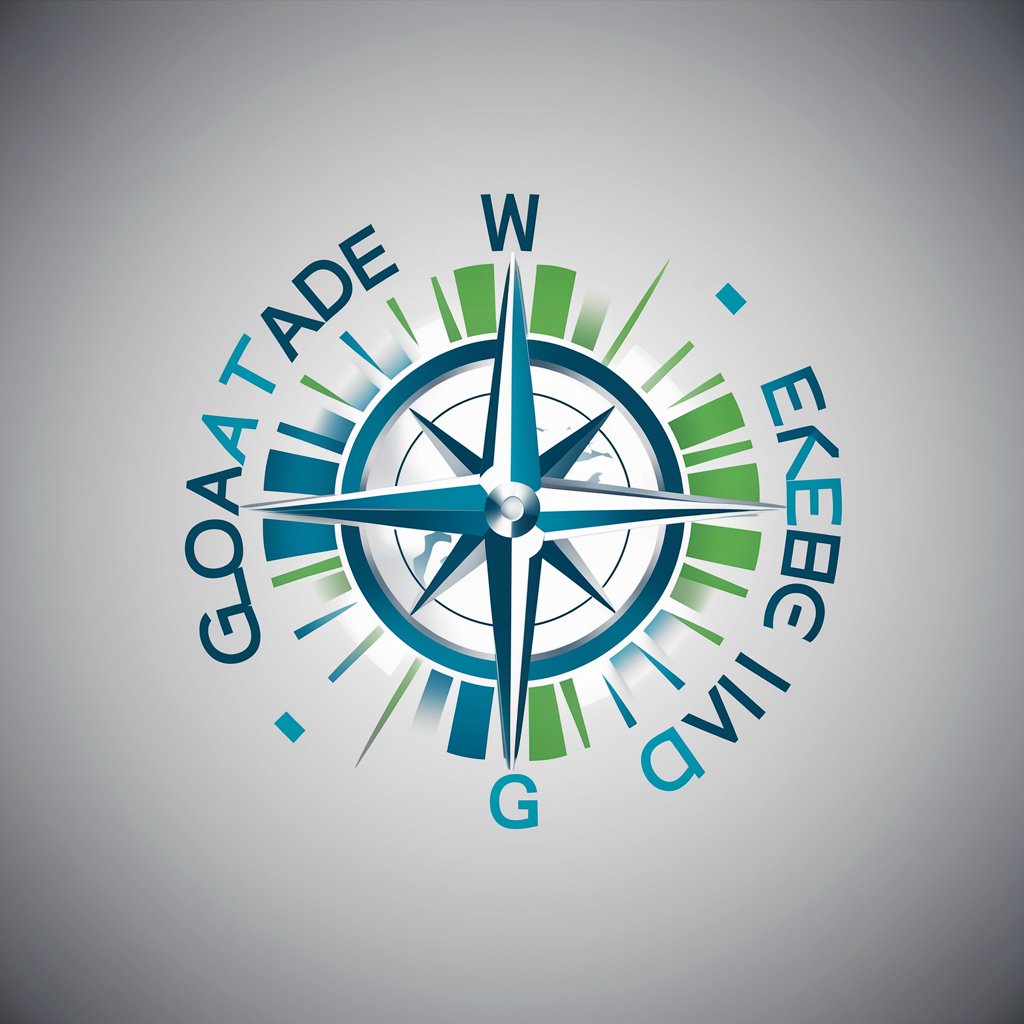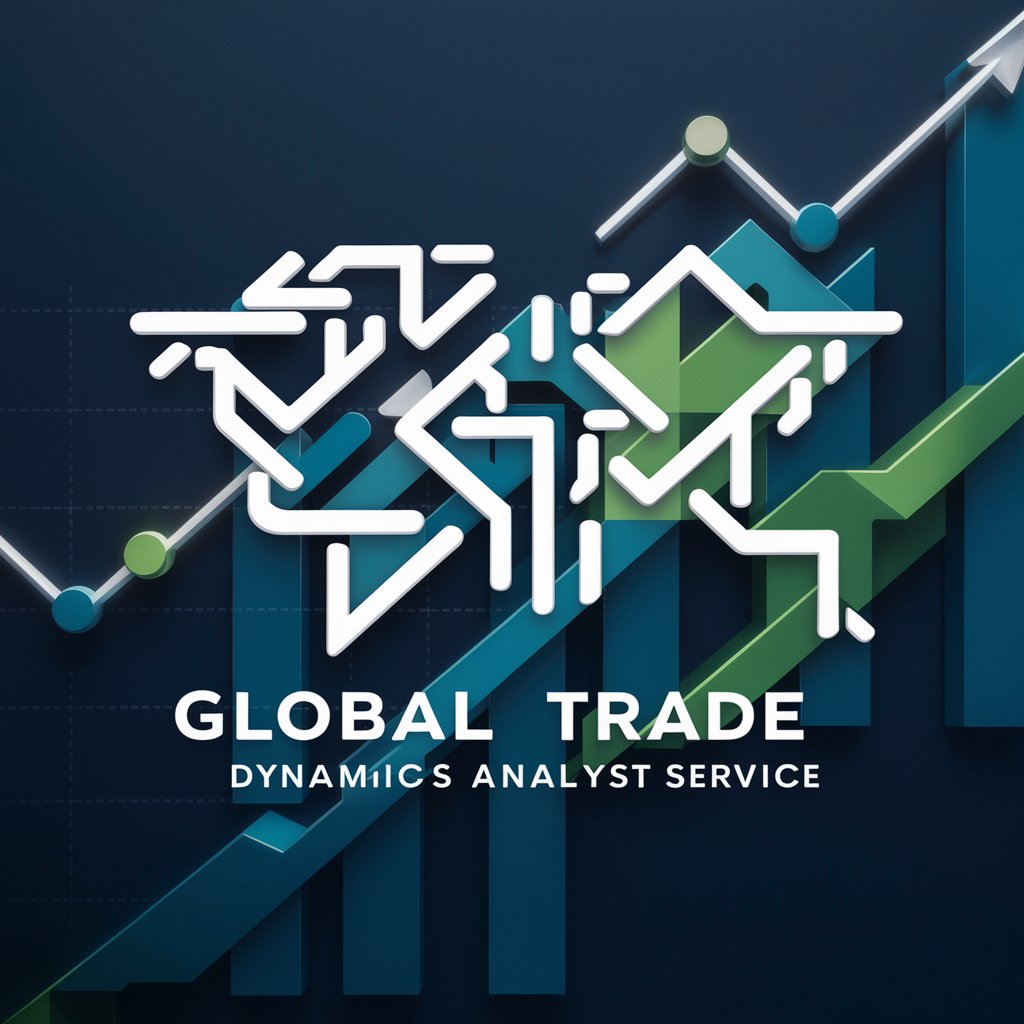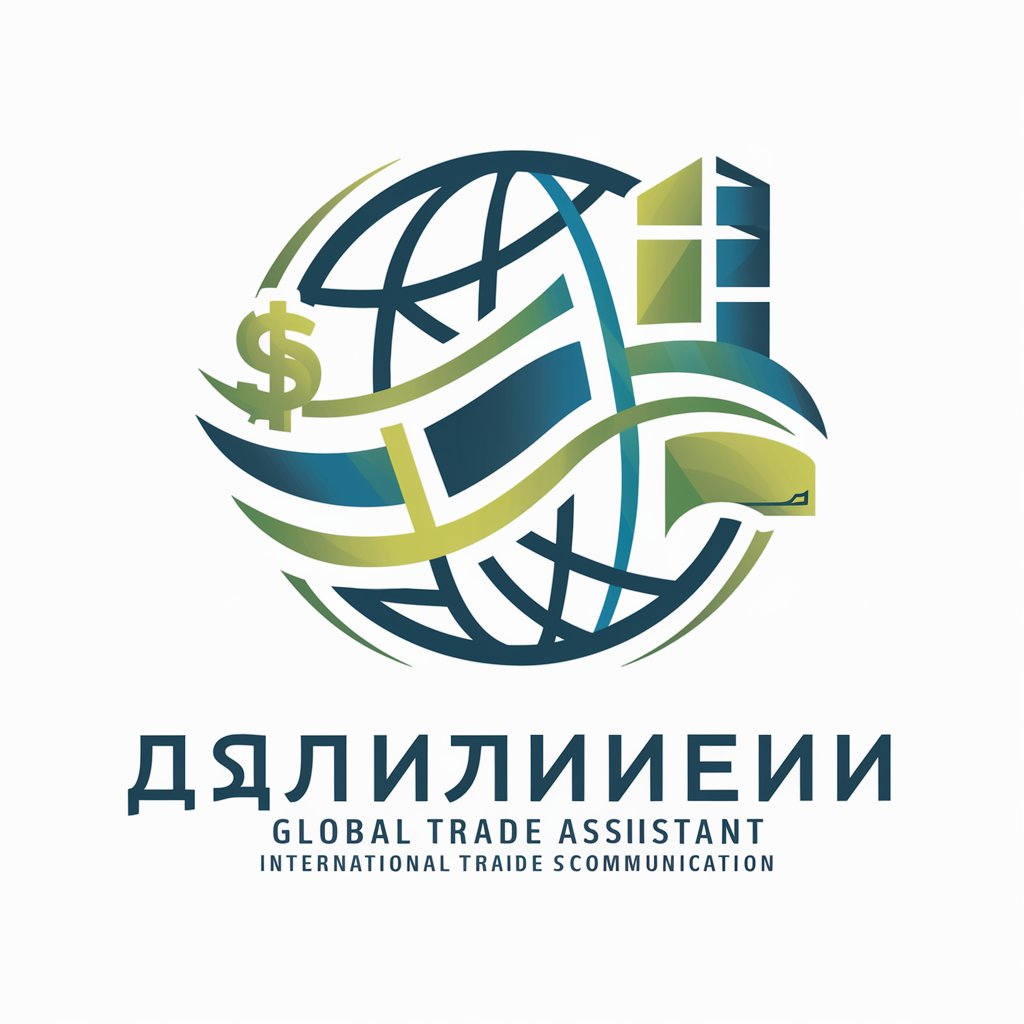
Global Trade Negotiation Analyst - Trade Data Insights

Hello, ready to assist with your negotiation data and analytics!
Empowering Negotiations with AI Analytics
How does the current market affect our trade negotiations?
What data supports this negotiation strategy?
Can you analyze this trade agreement's impact?
Provide recent trends in global trade affecting this deal.
Get Embed Code
Overview of Global Trade Negotiation Analyst
The Global Trade Negotiation Analyst is a specialized tool designed to assist in the intricate process of international trade negotiations. This tool is tailored to provide real-time data, analytics, and support for decision-making in complex trade scenarios. It leverages vast databases and analytical models to offer insights into market trends, trade barriers, tariff impacts, and negotiation strategies. An example scenario where this tool is invaluable includes analyzing the potential outcomes of a trade agreement between two countries. It can simulate the impact on local industries, employment rates, and GDP, helping negotiators to understand the implications of various clauses and stipulations in the trade agreement. Powered by ChatGPT-4o。

Core Functions of Global Trade Negotiation Analyst
Data Analysis and Forecasting
Example
Utilizing historical trade data to forecast future trade flows and identify emerging trends.
Scenario
Before entering a negotiation round, a country can use the tool to predict how changes in tariffs could affect their exports to a particular market, enabling them to prioritize negotiation points.
Simulation of Trade Policies
Example
Simulating the impact of various trade policies on different sectors of the economy.
Scenario
A trade negotiation team might simulate the effects of proposed agricultural subsidies by another country on their own agricultural sector, to argue against or in favor of such policies.
Strategic Negotiation Support
Example
Providing real-time support during negotiations, including instant data retrieval and scenario analysis.
Scenario
During a negotiation, the team might need to quickly verify the other party's claims about the impact of a particular tariff. The tool can instantly provide data and analysis to support or refute these claims.
Compliance and Regulation Analysis
Example
Analyzing international trade laws and regulations to ensure compliance in proposed agreements.
Scenario
The tool helps negotiators ensure that any agreement terms do not violate existing WTO rules or other international regulations, preventing future legal challenges.
Target User Groups for Global Trade Negotiation Analyst Services
Government Trade Negotiators
These are officials involved in crafting and negotiating trade agreements. They require comprehensive data and analysis to make informed decisions, understand the implications of various trade policies, and effectively represent their country's interests.
International Trade Consultants
Consultants advising businesses and governments on trade strategy can leverage the tool to provide data-driven advice. They benefit from understanding the potential outcomes of trade negotiations, identifying strategic opportunities, and advising on compliance with international trade regulations.
Trade Policy Analysts
Analysts working for think tanks, research institutions, or policy advocacy groups need to understand complex trade dynamics. The tool allows them to analyze the potential effects of trade agreements, tariffs, and non-tariff barriers on economies and sectors.
Business Leaders in International Companies
Executives and decision-makers in companies that trade internationally can use the tool to understand how changes in trade policies might impact their supply chains, market access, and competitiveness. It helps them to strategize and adapt to the global trade environment.

How to Use Global Trade Negotiation Analyst
1
Start by accessing yeschat.ai to try Global Trade Negotiation Analyst for free, with no need for login or a ChatGPT Plus subscription.
2
Choose the specific trade negotiation scenario you are dealing with from the provided options, or describe your situation for customized assistance.
3
Input any relevant data or parameters specific to your trade negotiation, such as tariffs, quotas, or trade agreements.
4
Utilize the generated insights and analytics to inform your negotiation strategies and decisions.
5
Regularly update your negotiation parameters based on ongoing discussions and use the tool to reassess your strategies for optimal outcomes.
Try other advanced and practical GPTs
Time Traveller's Companion
Embark on AI-guided historical voyages
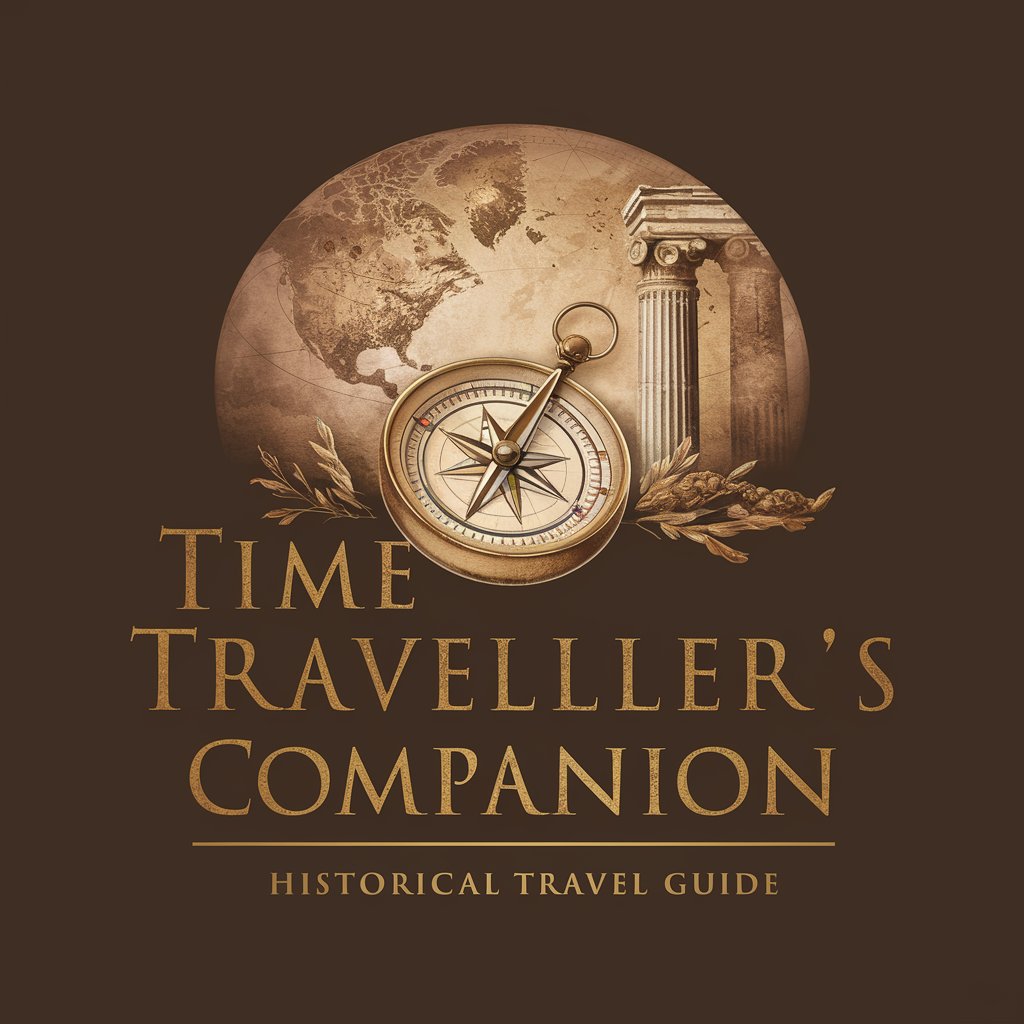
Crypto Casinos Ranker
AI-powered Crypto Casino Analyst

ディナープランナー
Tailoring Your Dinner with AI

Semantic Clustering Pro
Unveiling Semantic Connections with AI
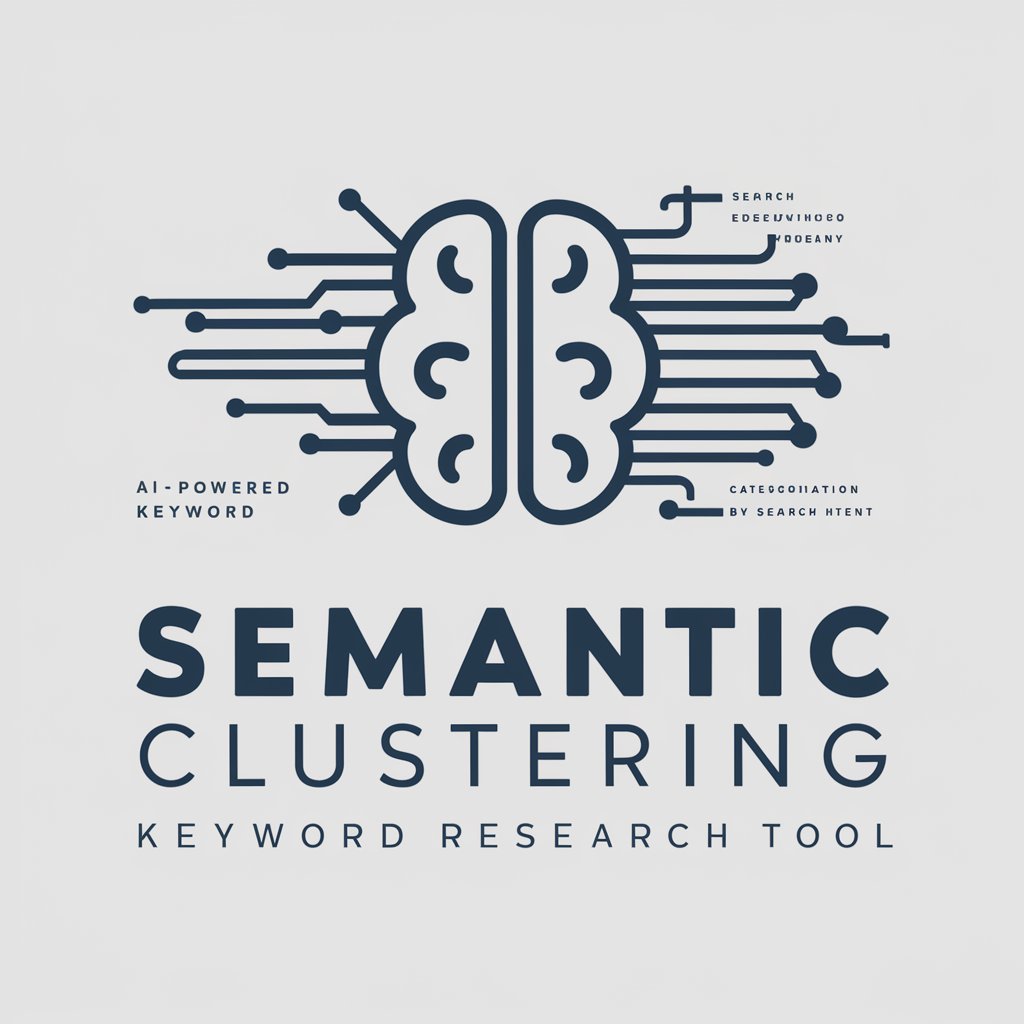
OneAutoSec
Empowering cybersecurity with AI-driven automation

Color Genius
Empowering Designs with AI-Driven Insights

Vintage Lens
Reviving the past with AI-powered photography

LODI
Empowering Your Journey with AI Guidance

Zen Zone
Your Digital Diary for Mental Wellness

Unity Helper
Empowering Unity Development with AI

Audit-x
Empowering financial compliance with AI

Scholarly Explainer
Empowering knowledge with AI precision
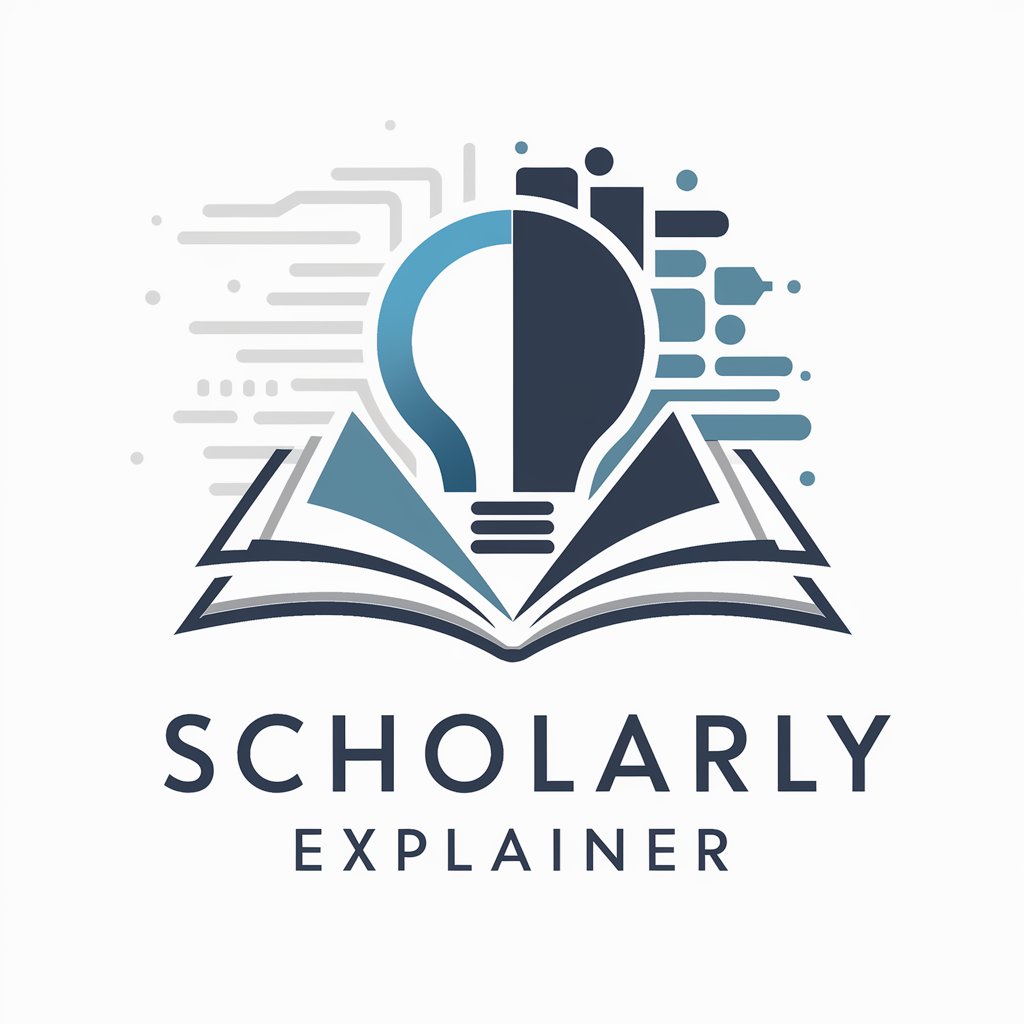
Frequently Asked Questions about Global Trade Negotiation Analyst
What kind of data can I input into the Global Trade Negotiation Analyst?
You can input a wide range of data, including but not limited to tariffs, quotas, import/export volumes, trade agreement terms, and economic indicators relevant to your trade negotiations.
Can Global Trade Negotiation Analyst help with negotiations under specific trade agreements like USMCA?
Yes, the tool is designed to assist with negotiations under any trade agreement by providing tailored analytics and insights based on the specific rules and conditions of the agreement in question.
How does the tool adapt to changes in global trade policies?
Global Trade Negotiation Analyst regularly updates its database with the latest in global trade policies, agreements, and economic indicators to ensure that you have access to the most current and relevant information.
Can I use this tool for negotiations involving multiple countries?
Absolutely. The tool is equipped to handle complex negotiations involving multiple countries, providing insights on how to navigate the interests and policies of each involved party.
What are some tips for optimizing my experience with Global Trade Negotiation Analyst?
For optimal use, regularly update your negotiation parameters based on real-time discussions, thoroughly review the insights provided, and consider experimenting with different negotiation scenarios to explore a range of outcomes.
